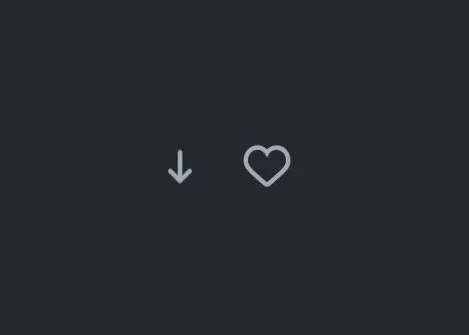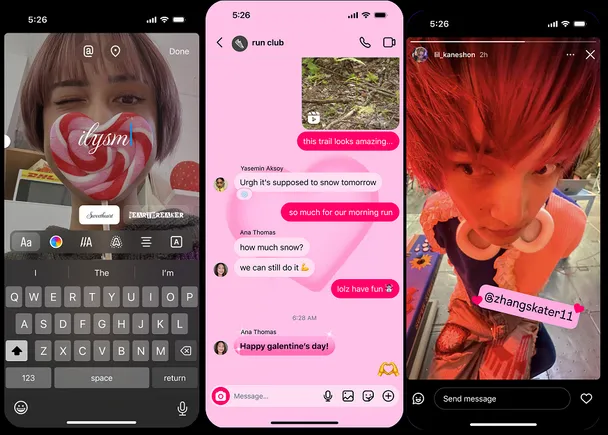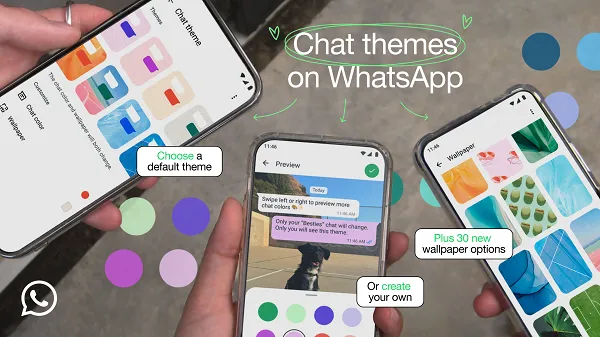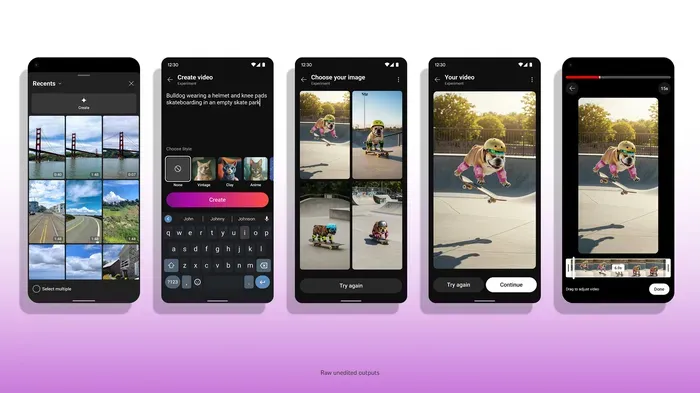Data Visualization is helpful for traditional Business Intelligence (BI): instead of glancing at a report with numerous lines, a business client may look at a diagram. Visualization isn’t just a helpful feature for Big Data; it’s a requirement. The term “data visualization” refers to creating graphical representations of data. Visualization significantly impacts data analysis and converts large amounts of data into a continuous structure utilizing complicated numerical or accurate figures arrangements.
Data visualization in big data is used in almost every field of study. Researchers in various disciplines utilize computer systems to depict complex events and imagine wonders that are difficult to observe directly, such as climate patterns, diseases, or scientific connections. This article will understand what data visualization is in big data and what essential tools are used.
Defining Data Visualization In Big Data
The use of more modern visualization tools to highlight the links inside data is called big data visualization. Beyond pie, bar, and other charts, visualization techniques include programs that display real-time changes and more illustrative graphics. The usage of hundreds of rows, columns, and attributes is avoided in favor of a more aesthetic visual depiction of the data in these drawings.
Benefits Of Good Data Visualization
Colors and patterns attract our attention. We can swiftly distinguish between red and blue and a square from a circle. Everything in our culture is visual, from art to marketing to television and movies. Data visualization is another type of visual art that piques our curiosity and keeps our gaze on the message. When looking at a chart, we can quickly notice trends and outliers. If we can see anything, we integrate it right away. It’s purposeful storytelling. You know how much more effective a visualization can be if you’ve ever stared at a giant data spreadsheet and couldn’t spot a trend.
Big Data has come, and we must grasp its implications.
As the “Age of Big Data” accelerates, visualization will become a critical tool for making sense of the billions of rows of data generated each day. Data visualization aids in telling tales by transforming data into a more understandable format and showing trends and outliers. A good visualization tells a story by reducing noise from data and emphasizing the essential facts. However, improving the appearance of a graph is not as straightforward as slapping the “info” element of an infographic on top of it.
Effective data display necessitates a delicate balancing act between form and function. The most basic graph may be too uninteresting to be noticed or send a powerful message; the most striking representation may fail to convey the right idea or speak volumes. The facts and the imagery must work together, and combining excellent analysis with excellent narrative is a skill.
Top Big Data Visualization Tools
Assume you are the proud owner of a gold mine, but you cannot extract the gold from it. So, what exactly is the point of having a company? Is there anything like that? With big data, the situation is the same. Collecting vast amounts of big data is pointless if you can’t churn it and extract the knowledge hidden beneath it. Data visualization tools are the exact weapons you need to overcome this problem. These technologies provide us with various insights into the data we’ve gathered. Google and Microsoft, for example, collect and manage large amounts of data to plan their future commercial strategies. Today, we’ll look at a few of the most popular big data visualization tools.
Google Chart
Google is an obvious benchmark, its products are well-known for their user-friendliness, and the Google chart is no exception. It’s one of the simplest ways to visualize large amounts of data. To meet your needs, you can utilize any chart galleries in Google Charts, which vary from a simple line graph to a complicated hierarchical tree-like structure. It is cross-browser compatible and renders the chart in HTML5/SVG format. Furthermore, customization is the most crucial aspect of chart design, and with Google charts, customization is somewhat limited. You may always ask for technical assistance if you want to get deep.
Tableau
Tableau Desktop is a great data visualization application (SaaS) for manipulating large amounts of data that is free to use. It also comes in two flavors: “Tableau Server” and “Tableau Online,” both geared toward large data businesses. This gadget is quite helpful and operates at a breakneck pace. Because the canvas or dashboard is user-friendly and ‘drag and drop’ compatible, it offers a welcoming environment in any workplace.
You can easily link your data from a spreadsheet to Hadoop and analyze it thoroughly. Tableau Desktop is free for students and instructors; otherwise, the personal and professional editions cost $999 and $1999 for a year of support.
D3
D3, or Data-Driven Documents, is a Javascript package that allows you to visualize large amounts of data in almost any way you desire. This is not a tool like the others, and the user will require a solid understanding of javascript to shape the data. It is not a monolithic framework that must seek every opportunity; instead, it addresses the issue at its core. It allows you to use DOM (Document Object Model) to bind arbitrary data and apply data-driven transformations to the data with a seamless transition and animation effect (optional). Because the altered data is rendered using HTML, SVG, and CSS, ancient browsers (IE 7 and 8) have no place because they don’t support SVG (Scalable Vector Graphics).
Fusion Chart
Fusion chart XT is a Javascript charting library for the web and mobile devices, used by companies such as Google, Intel, Microsoft, and others in over 120 countries. However, you’ll need a basic understanding of Javascript to put everything together. It collects data in XML or JSON format and displays it in charts created using Javascript (HTML5), SVG, and VML. It includes over 90 chart types in 2D and 3D graphic designs and a variety of functions such as scrolling, panning, and animation effects.
Exporting charts is simple; you may save any chart as a PNG, JPG, or PDF file. Over 950 maps of various sites throughout the world are also included. Fusion Charts is compatible with Android, iPhone, iPad, MAC, and Windows operating systems. This tool, on the other hand, is not free. Its one-year cost begins at $199 (for individual developers or freelancers) and includes one-month priority support.
Highcharts
Because Highcharts is a charting library built entirely in Javascript, a basic understanding of the language is required to use it. It displays charts using HTML5, SVG, and VML in various browsers (from IE6+) and devices such as Android and iPhone. It requires two.js files for any execution: the Highcharts.js core and jQuery or Mootools or prototype platform, commonly seen on standard web pages. This tool also includes a variety of charts, such as lines, bars, columns, pies, and so on.
This tool can process real-time JSON data and display it as a chart specified by the user. If you’re a skilled programmer, you can download the source code and tweak it to your liking. Developers can use this tool for free; deployment costs start at $399. Facebook, Spandex, Visa, Nokia, and many other companies are among its many clients.
Conclusion
There are a plethora of data visualization and analysis tools available. These can be straightforward or obtuse, and they can be simple or complex. Not every device is appropriate for everyone learning visualization methods, and not every tool can be scaled to industry or enterprise needs. Also, remember that practical data visualization theory and abilities apply to various technologies and products.
When developing this skill, focus on recommended practices, and experiment with your particular style for visualizations and dashboards. Because data visualization isn’t going away anytime soon, it’s vital to provide the groundwork for analysis, storytelling, and exploration regardless of the tools or apps you employ.

















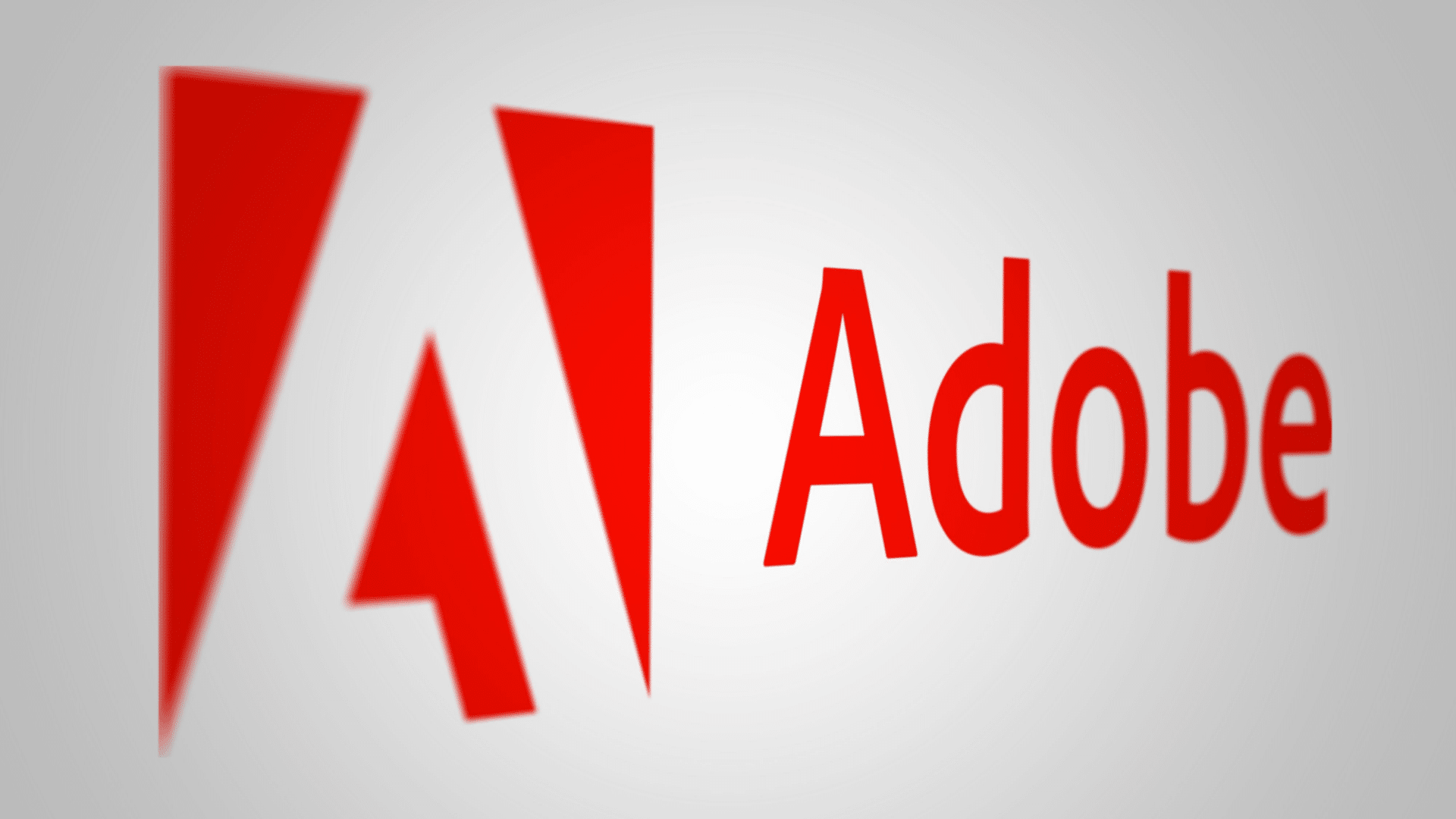




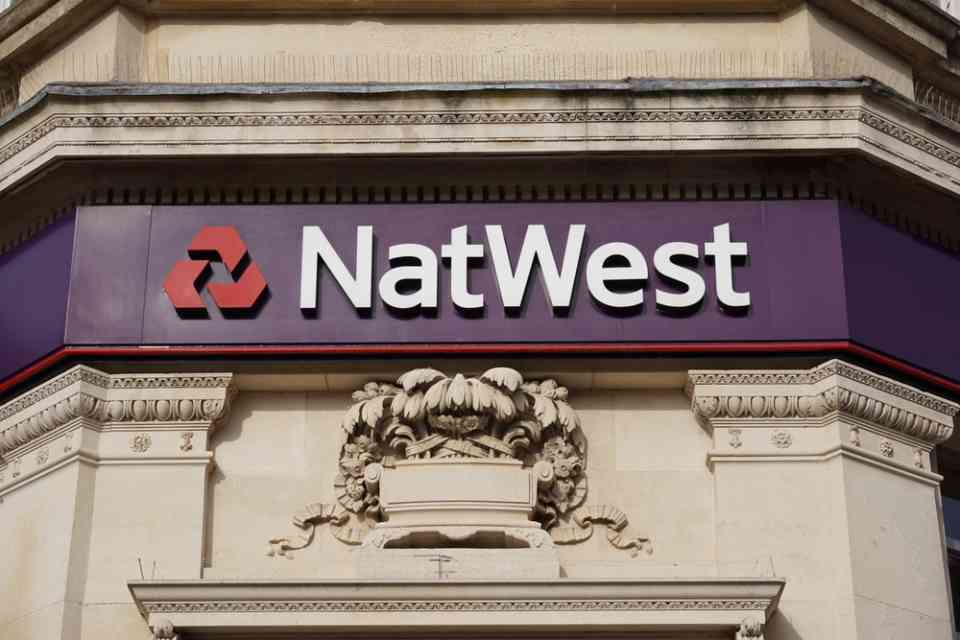




















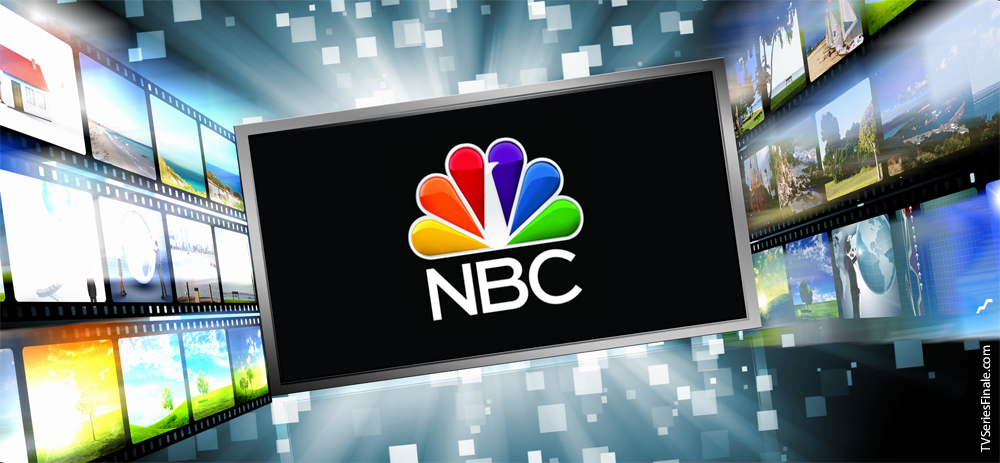








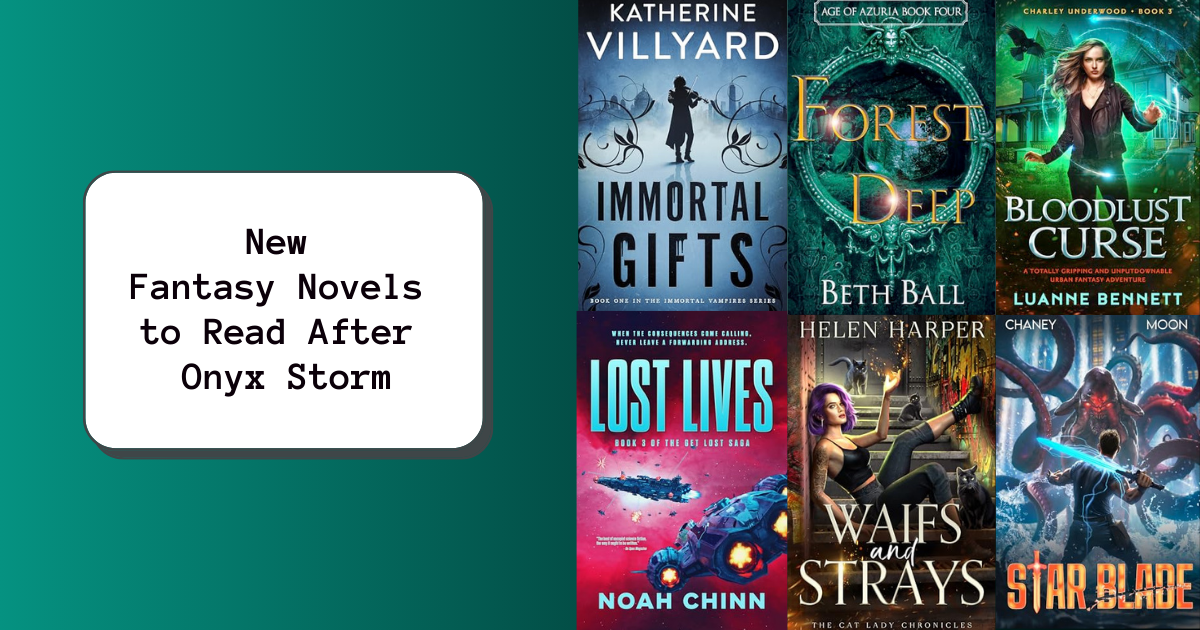


![Assessing the Winners of the Super Bowl Ad Blitz [Infographic] Assessing the Winners of the Super Bowl Ad Blitz [Infographic]](https://imgproxy.divecdn.com/kzzGkWf5O2q5NPX8no-8ErGd5bFiXZjPZlEp8PIZVsw/g:ce/rs:fit:770:435/Z3M6Ly9kaXZlc2l0ZS1zdG9yYWdlL2RpdmVpbWFnZS9zZW1ydXNoX3N1cGVyX2Jvd2xfMjAyNTIucG5n.webp)

